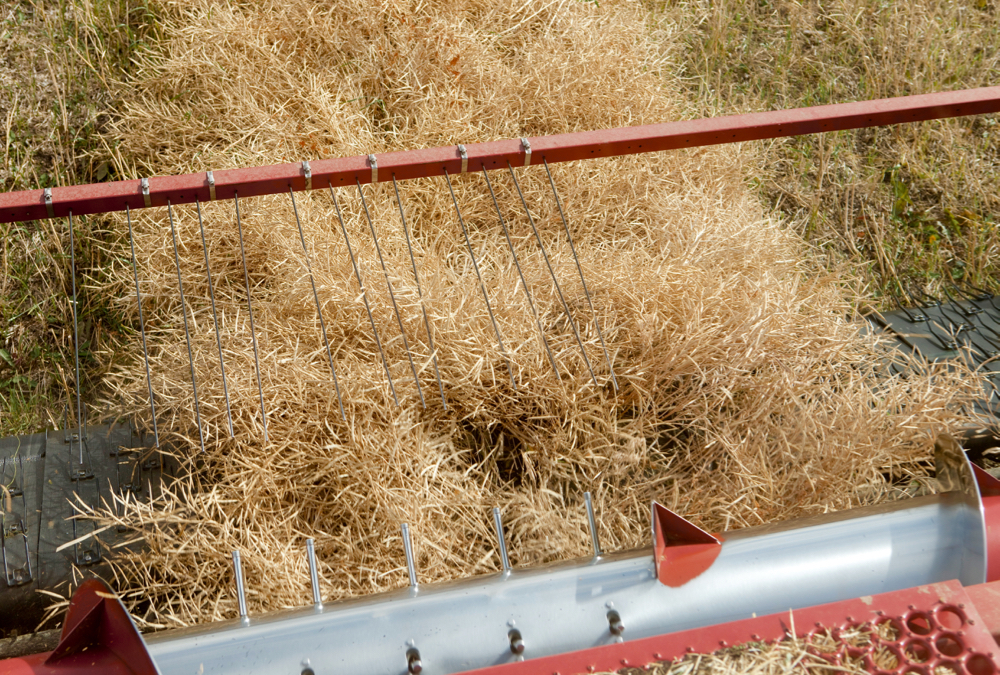Winnipeg | CNS Canada –– El Nino weather patterns are typically beneficial to North American grain yields, but cut into the production prospects of key Eastern Hemisphere demand markets, according to presenters at this week’s Cereals North America conference.
However, an expected shift toward La Nina conditions by late 2016 could see North American grain yields move down with the Pacific Ocean’s temperatures.
El Nino often leads to a small net positive for corn, soybean and wheat crops, but the relationship is fairly weak, said Kyle Tapley, senior agriculture meteorologist at MDA Weather Services.
Read Also

Alberta harvest wrapping up: report
Harvest operations advanced to 96 per cent complete in Alberta as of Oct. 7, with only a few late-seeded cereal and canola fields remaining, according to the latest provincial crop report.
Grain and oilseed yields tend to trend higher globally during El Nino years, and often trend lower during La Nina years.
But Tapley said he thinks the world is potentially seeing a shift toward more severe weather events and results from El Nino and La Nina.
The effects El Nino brings are mixed globally, as different parts of the world see different net results.
Tapley said Australia, India, Southeast Asia and South Africa tend to see drier conditions, which could serve to harm production in those regions.
As for weather in Canada, the correlation between Canada and precipitation from El Nino isn’t strong, Tapley said, adding that Canada is at below-average risk for arctic air.
Given global data going back over 50 years, big yield swings are becoming less and less frequent as the general trends move higher, said Corey Cherr, head of Agriculture and Weather Research and Forecasts with Thomson Reuters.
However, he noted, while the deviations are smaller, they are becoming more frequent on the below-average side.
El Nino years are more likely to see yields above the trend line, while La Nina years see a correlation with yields that skew below the trend.
Cherr said the strong El Nino pattern currently in place was favourable for U.S. corn and wheat yields, but not for growers in the Eastern Hemisphere, such as in China and Australia. “The cards are stacked against production in the demand markets,” he said.
However, Cherr forecast a shift toward La Nina in 2016-17, which correlates to widespread warmth in the Northern Hemisphere and “skews negative on yields.”
A rise in land temperature anomalies would contribute to hot temperatures and regional dryness, he added.
— Phil Franz-Warkentin and Jade Markus write for Commodity News Service Canada, a Winnipeg company specializing in grain and commodity market reporting.
















